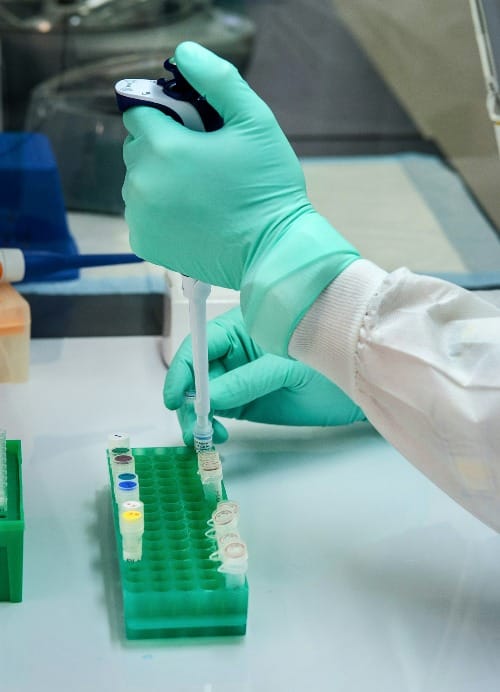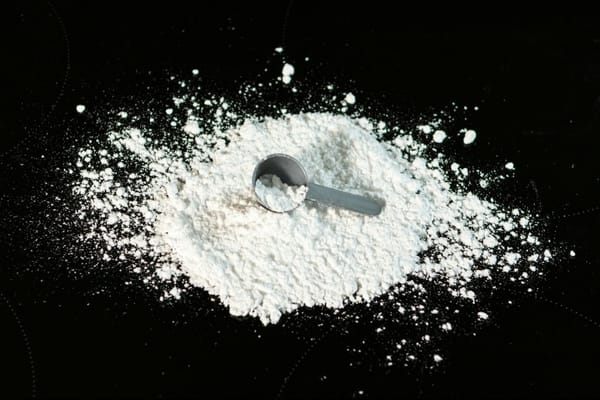Dr. Mike Diamonds explores insulin resistance as a key factor in weight gain, highlighting how this condition can lead to difficulties in losing weight and potentially progress to type 2 diabetes. As experts from Scripps Health and other sources explain, insulin resistance occurs when cells fail to respond properly to insulin, causing the body to store excess blood sugar as fat and making weight loss more challenging.
The Role of Insulin in Blood Sugar Regulation
Insulin plays a crucial role in regulating blood sugar levels by enabling cells to absorb glucose from the bloodstream. When blood glucose rises after eating, the pancreas secretes insulin, which signals cells to take in glucose for energy or storage[1][2]. Insulin also promotes the conversion of excess glucose into glycogen in the liver and muscles for later use[1]. Additionally, insulin inhibits the breakdown of fats and stimulates fat storage when glucose is abundant[2]. By facilitating glucose uptake and storage, insulin effectively lowers blood sugar levels, maintaining them within a healthy range[1][4]. This hormone works in tandem with glucagon, which is released when blood sugar drops, to ensure a constant balance of glucose availability for the body's energy needs[1][2].
Symptoms of Insulin Resistance
Insulin resistance often develops gradually without noticeable symptoms initially. However, as the condition progresses, several signs may emerge. Common symptoms include increased hunger, fatigue, difficulty concentrating, and frequent urination[1][2]. People with insulin resistance may also experience weight gain, particularly around the midsection, high blood pressure, and elevated cholesterol levels[1][3]. In some cases, dark, velvety patches of skin called acanthosis nigricans may appear on the neck, armpits, or groin area[3][4]. It's important to note that these symptoms can be subtle and easily overlooked, making regular blood sugar testing crucial for early detection and management of insulin resistance[2][4].
Visceral Fat and Liver Fat Accumulation
Visceral fat accumulation plays a significant role in the development of nonalcoholic fatty liver disease (NAFLD) and insulin resistance. Studies have shown that the severity of fatty liver is positively correlated with visceral fat accumulation in both obese and non-obese individuals[1]. Visceral fat, located deep within the abdominal cavity surrounding organs like the liver and intestines, is more metabolically active than subcutaneous fat and poses greater health risks[3]. The accumulation of visceral fat contributes to the release of inflammatory factors and fatty acids, which can lead to fat infiltration in the liver and systemic inflammation[2]. Interestingly, recent research suggests that liver fat may be a superior biomarker for metabolic risk compared to visceral fat, particularly in individuals with impaired fasting glucose[5]. This highlights the complex interplay between visceral fat, liver fat accumulation, and metabolic health.














Member discussion